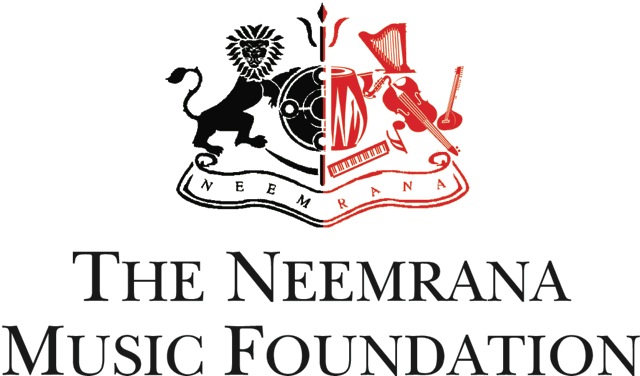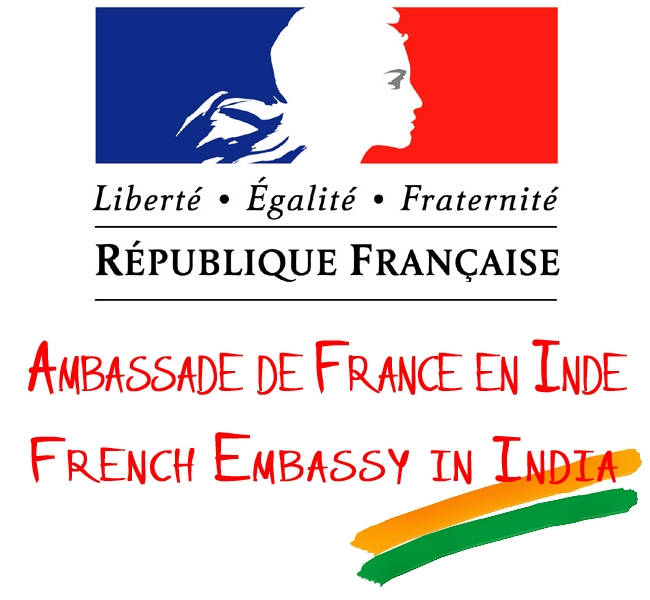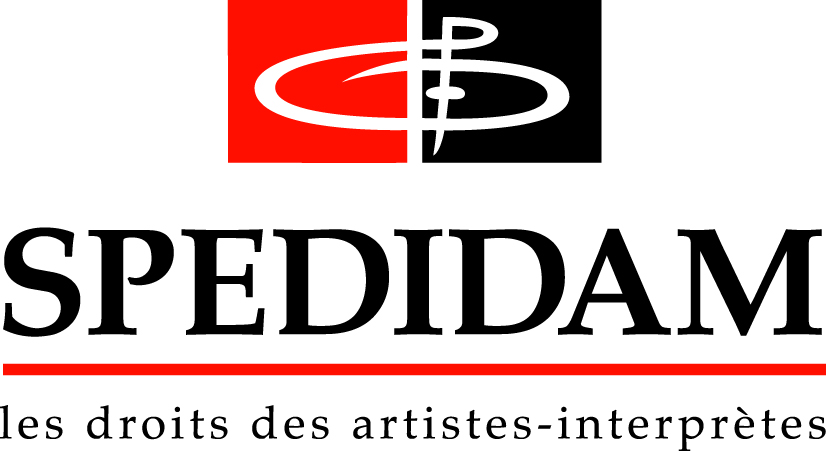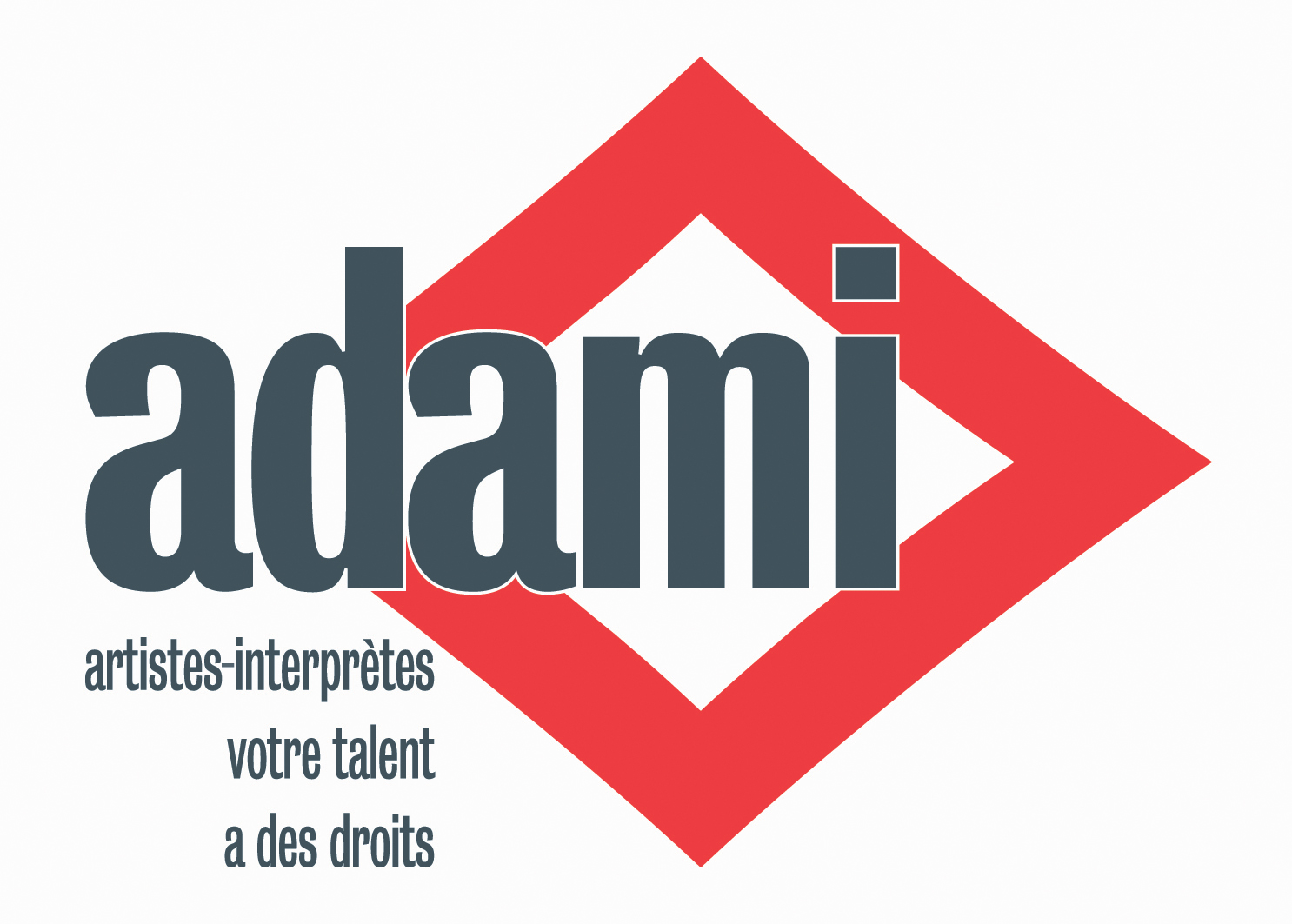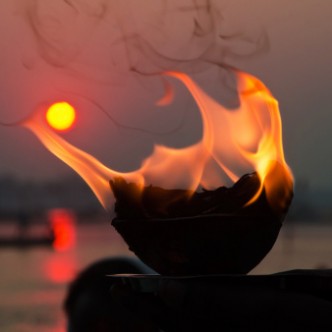
Program
- Claudio Monteverdi: Orfeo
Orfeo, crossing the Ganges - Hindustani music
Co-production 2013: Akadêmia, Cité de la musique, Neemrana Foundation, Opéra de Reims
with the support of the Institut Français in India, the French Embassy in India, the Spedidam, Adami, X-PM
Revival 2016
Saturday 1 October: Metz (Arsenal)
Friday 7 and Saturday 8 October: Reims (opera)
with the support of Namaste France
“The imagination always want both to dream and to understand, to dream to understand better, to understand to dream better” Gaston Bachelard
Oprheus is a Western singer who has travelled in India, where he falls in love with a dancer, Eurydice, dedicated to Shiva. Losing his mind, he kidnaps her and marries her. But the cobra that is always coiled around Shiva’s neck is to kill the young girl, and return her to the great God. Orpheus’ descent into hell becomes his tragic quest for his lost wife in India. Tricked by the illusions Shiva provokes, Orpheus fails: he is killed by a troupe of mad women who leave his head to float along the Ganges.
Akadêmia :
Project design and music direction: Françoise Lasserre
Stage direction: François Rancillac
Scenography and costumes: Sabine Siegwalt
Orfeo: Dávid Szigetvári
Musica, Messagiera: Dagmar Saskova
Odissi dance: Arushi Mudgal
9 solo singers
13 instrumentalists
7 Indian instrumentalists (shehnai, sarangi, sitar, tabla, pakhawaj, tanpura)
1 Indian dancer
1 Indian choir
